What makes glycolic acid such a popular skincare ingredient?
Did you know that glycolic acid has several skin renewing benefits and can work in conjuction with your other skin care products?
We'll explain the skin benefits of glycolic acid, and why it's a great ingredient for reducing acne scars, and acne.
How Does Glycolic Acid Work?
Glycolic acid is a well-known AHA and chemical exfoliant. Glycolic acid can combat active acne breakouts and reduce acne scarring - mainly when it is in the form of hyperpigmentation or discoloration.
Professional treatments with high concentration glycolic acid may reduce atrophic acne scars too which are the indented acne scars.
Glycolic acid is known for its exfoliating ability to loosen the 'glue' that holds the skin’s cells together. This allows for the uppermost layer of skin to shed faster, leading to a brighter, more even toned skin underneath.
According to Loretta Ciraldo, a board certified dermatologist, glycolic acid has been known to be the most popular and widely studied type of alpha hydroxy acid. It is derived from sugar cane and belongs to the alpha hydroxy acid family, along with lactic and malic acids. This type of acid can easily penetrate into the skin due to the very small sized molecule.
Because glycolic acid molecules are so small, it makes it an ideal ingredient to penetrate deep inside the pores of skin to break down excess sebum.
Benefits Of Glycolic Acid
Glycolic acid works by exfoliating skin, by shedding the uppermost layer of skin, fresh new skin can be pushed to the skin surface faster. This reduces the appearance of hyperpigmentation, and fine lines.
Glycolic acid also has anti inflammatory properties due to its ability to inhibit p. acnes bacteria on the skin. This makes glycolic acid ideal for acne prone skin.
Glycolic acid has also been shown to be able to stimulate collagen production in skin when adjusted to a pH of 4. This leads to smoother appearing skin that can help with acne scars.
Glycolic acid can usually be found in products formulated for weekly use, but more gentle daily use concentrations can be found too.
Glycolic acid can also be supportive of the skin barrier too! It causes the skin to create more glycosaminoglycans which bind water to the skin. A healthy skin barrier can help reduce acne breakouts.
High strength glycolic acid peels can also reduce atrophic acne scarring.
How To Use Glycolic Acid
Here’s how you can use glycolic acid in your skincare routine!
- Start with a skincare product formulated with glycolic acid– Using a skincare product that includes glycolic acid is a great way to exfoliate skin and get the benefits. You'll get the benefits of reducing hyperpigmentation and acne while opening up clogged pores. We recommend the Pumpkin Enzyme Masque - made with glycolic acid, antioxidants, and pumpkin fruit containing natural enzymes which act as an AHA.
- Don’t try to do high strength chemical peels yourself– Never ever use medical strength glycolic acid on your skin. Higher concentrations can quickly go through several layers of skin and leave a chemical burn. It’s a wise choice to consult with your dermatologist first to see if high strength peels would benefit you and do those in office.
- Use Consistently – Use a product with glycolic acid regularly for at least a month to give yourself enough time to see the results for acne or discoloration.
- Don't over exfoliate. - Use your glycolic acid product 1-3 times a week. Overdoing it can lead to more acne breakouts and other skin issues.
- Don’t forget your sunscreen – Glycolic acid removes the uppermost layer of skin, so this makes our skin susceptible to UV sun damage. Don’t forget to put on sunscreen everyday, when if it is cloudy or overcast and you may want to wear sunscreen indoors too. UVA and UVB rays can also affect the skin when it hits our skin through windows.
Side Effects From Glycolic Acid
Glycolic acid can be used as long as the skin can tolerate it, and most people are able to tolerate glycolic acid, but be careful of some side effects and limitation.
The higher the concentration of glycolic acid, the more irritation it can potentially cause.
Main side effects can include: redness, burning, itching and irritation.
When using glycolic acid, make sure to use sunscreen daily during the day since it can cause sun sensitivity.
Those with pigmented skin could have a reaction where there is an increase in hyperpigmentation when using high strength peels, so it's best to consult with a dermatologist who understands and treats pigmented skin.
Those with very sensitive skin or with rosacea may find glycolic acid to be too irritating, however they may tolerate a low concentration of it.
Overall, glycolic acid is a safe and super star ingredient when used in OTC ( Over the counter ) skincare!
---
Sources
Chemical Peels for Acne and Acne Scars In Asians: Evidence Based Review: https://www.ncbi.nlm.nih.gov/pmc/articles/PMC3560163/
2. International Journal Of Dermatology: Biweekly serial glycolic acid peels vs. long-term daily use of topical low-strength glycolic acid in the treatment of atrophic acne scars
3. Glycolic acid adjusted to pH 4 stimulates collagen production and epidermal renewal without affecting levels of proinflammatory TNF‐alpha in human skin explants. https://www.ncbi.nlm.nih.gov/pmc/articles/PMC7891644/

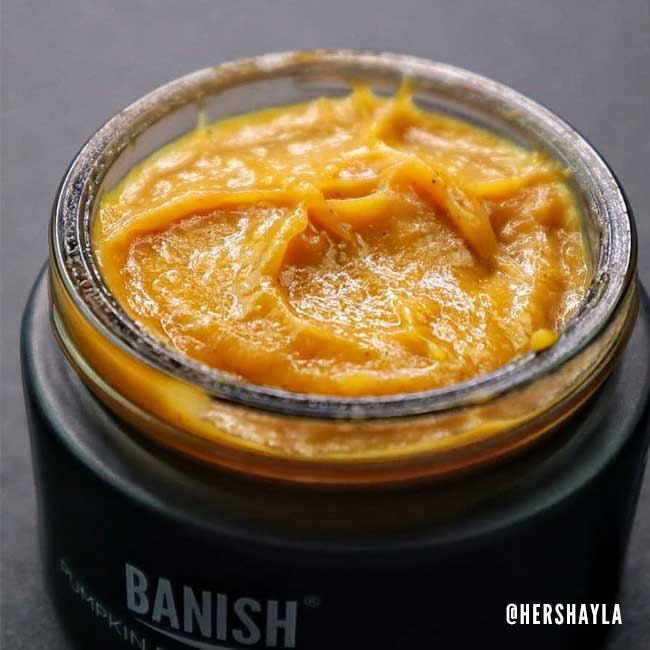
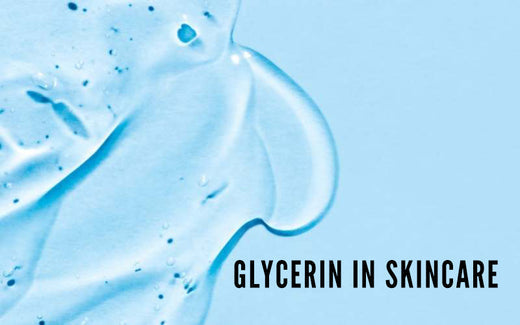
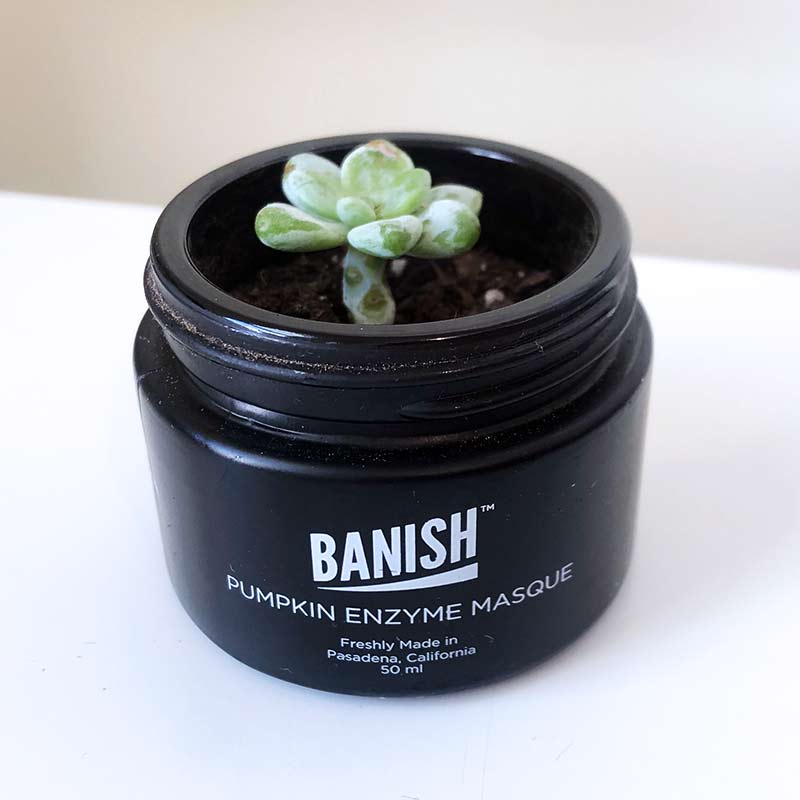
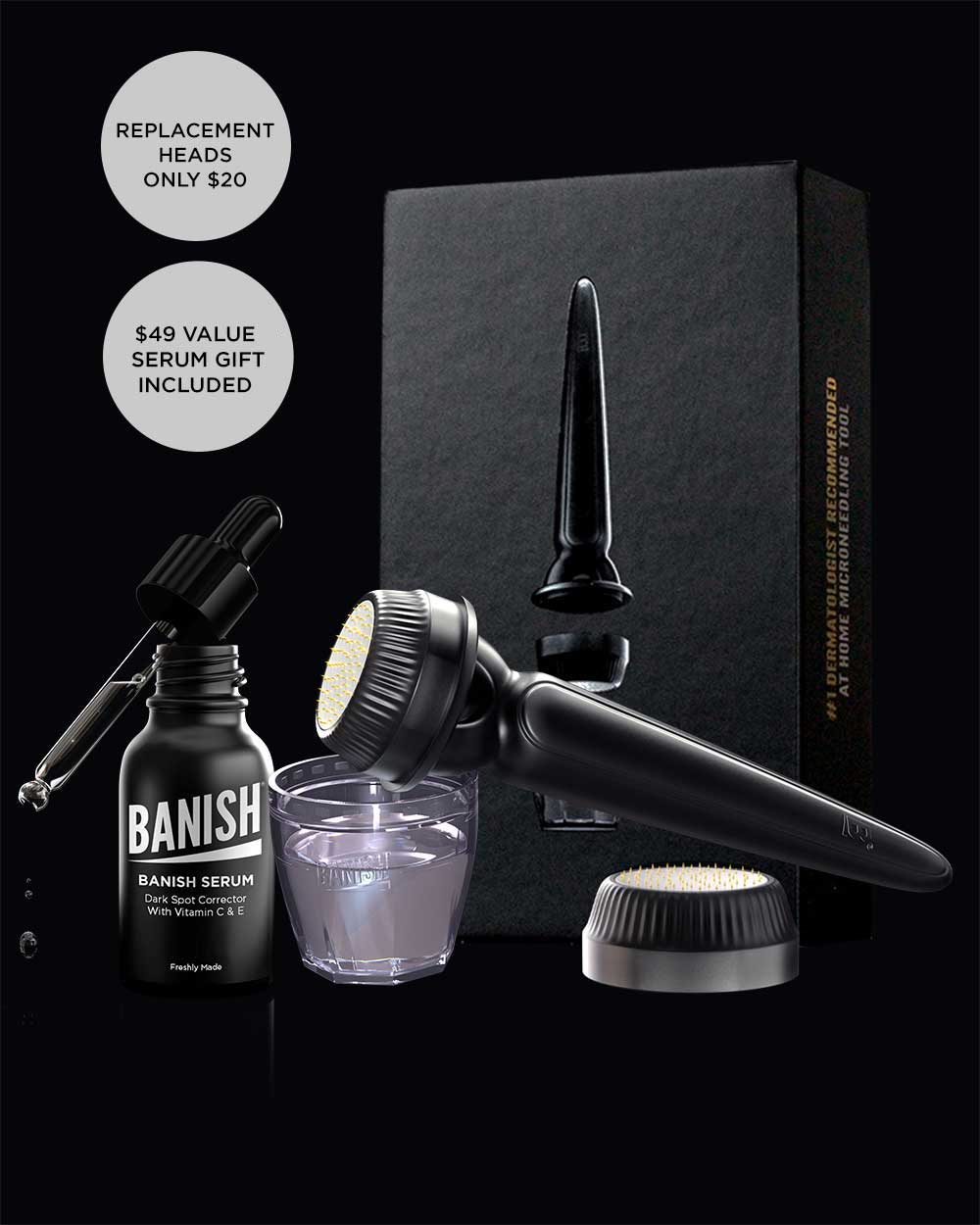
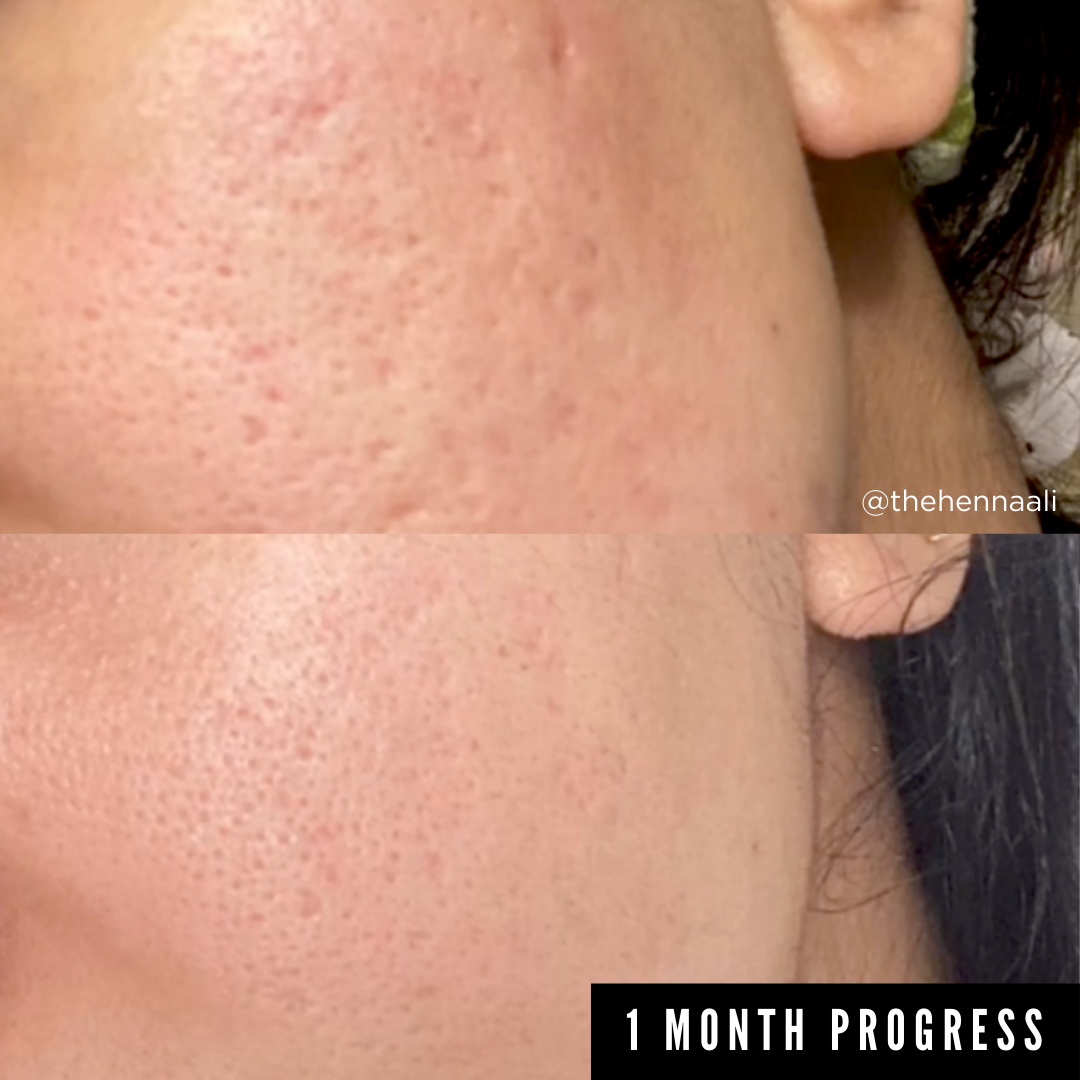
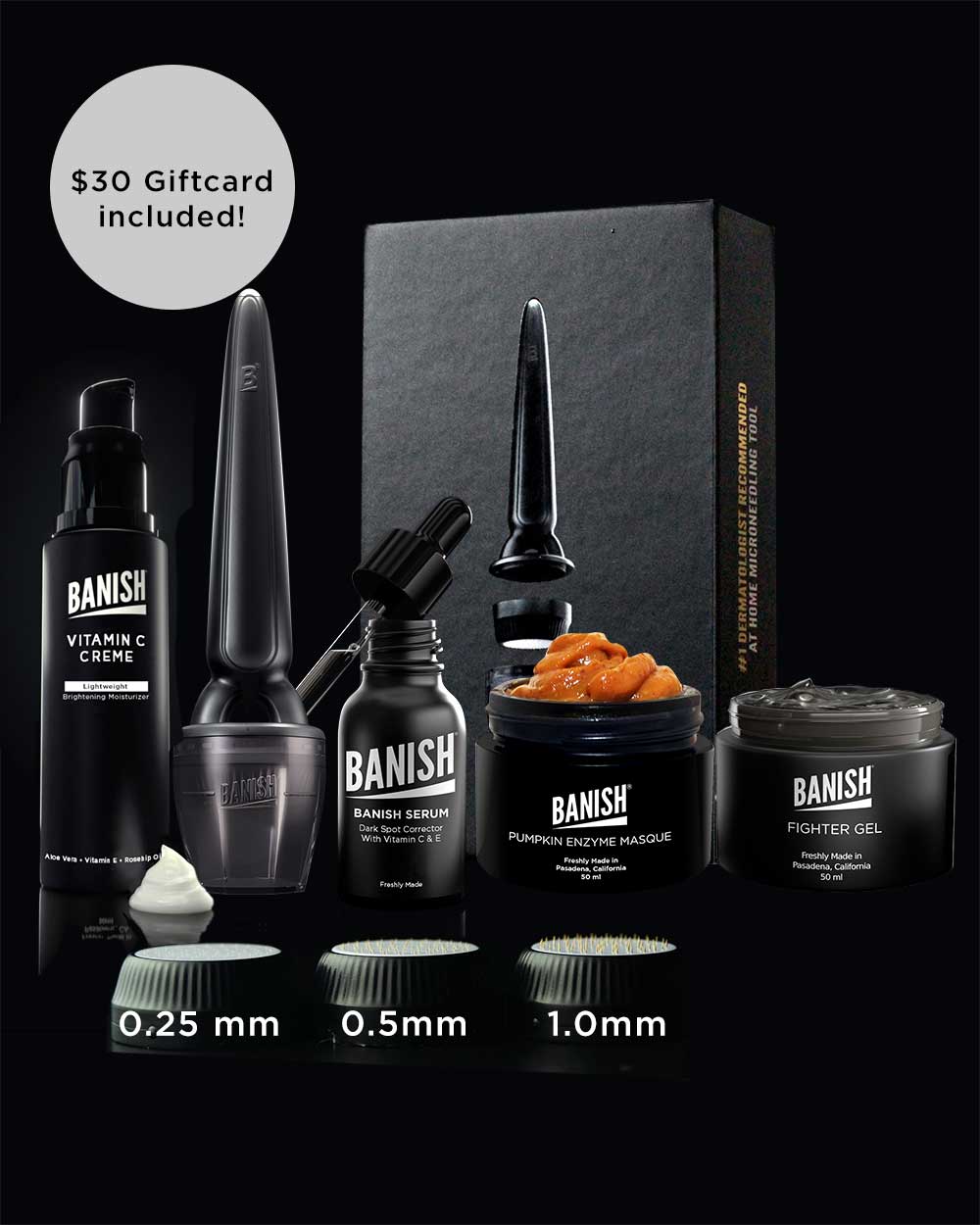
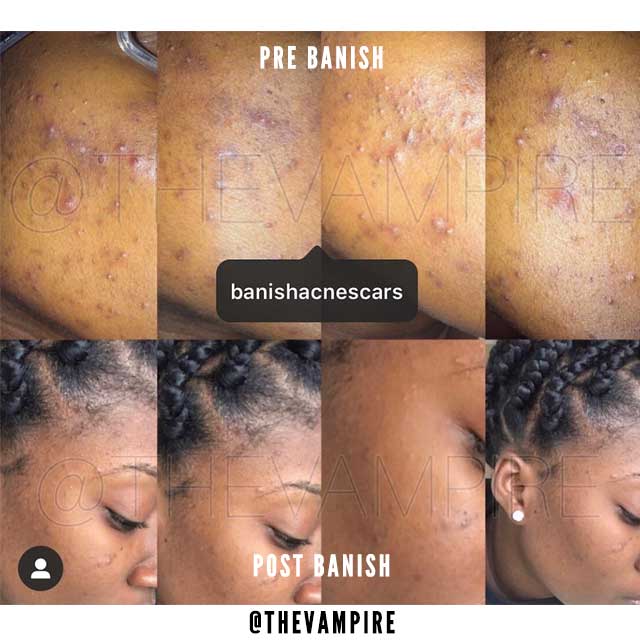
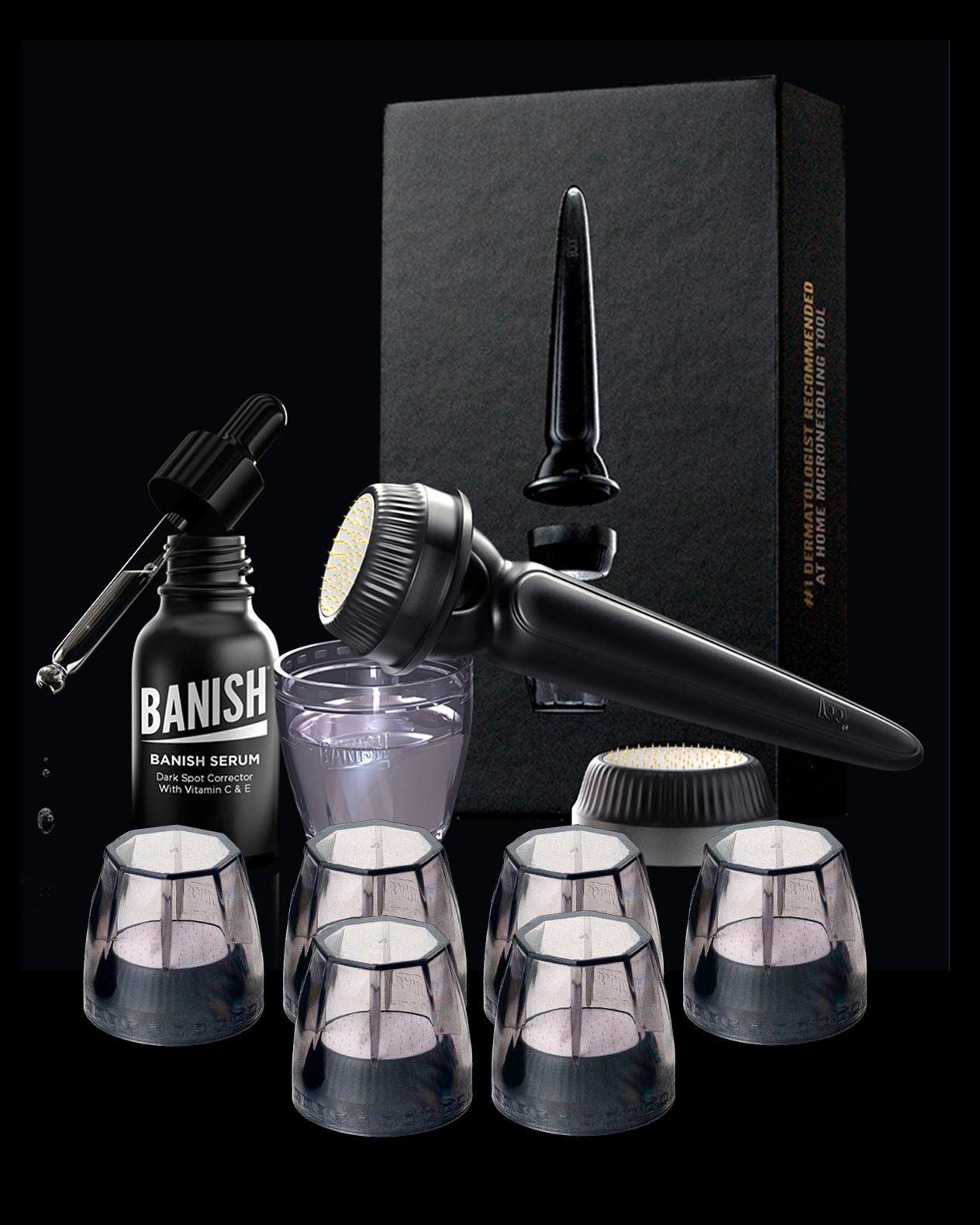
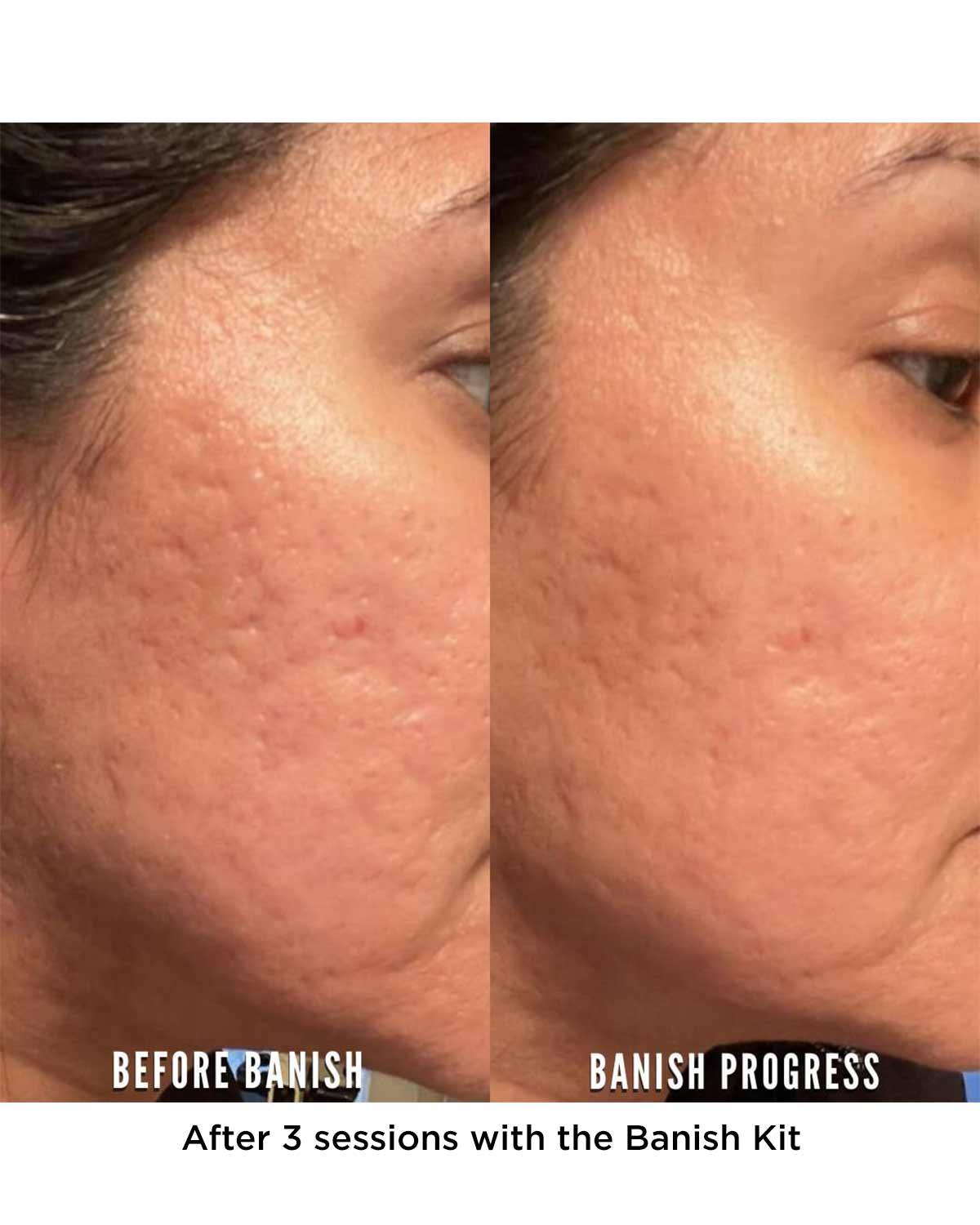
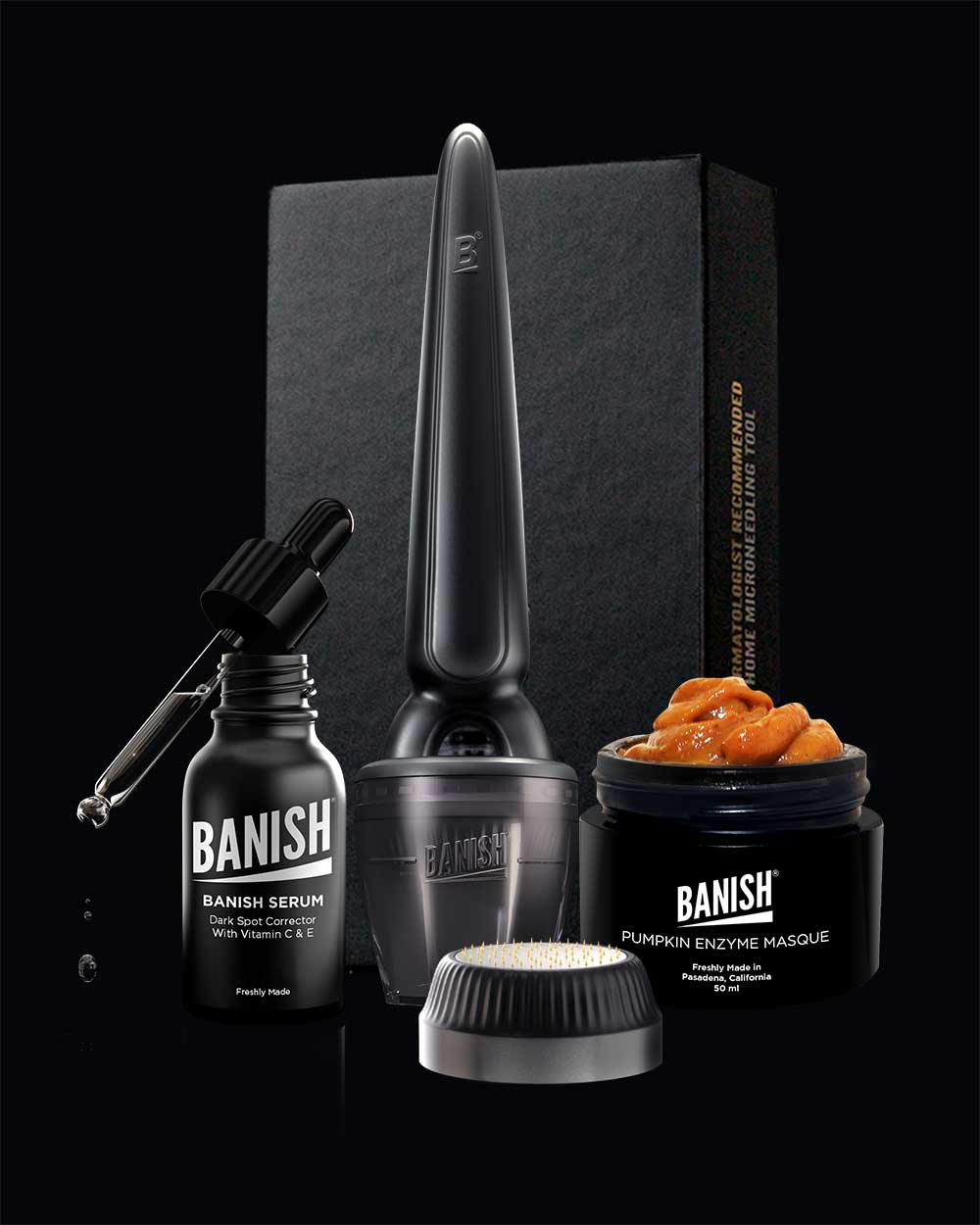

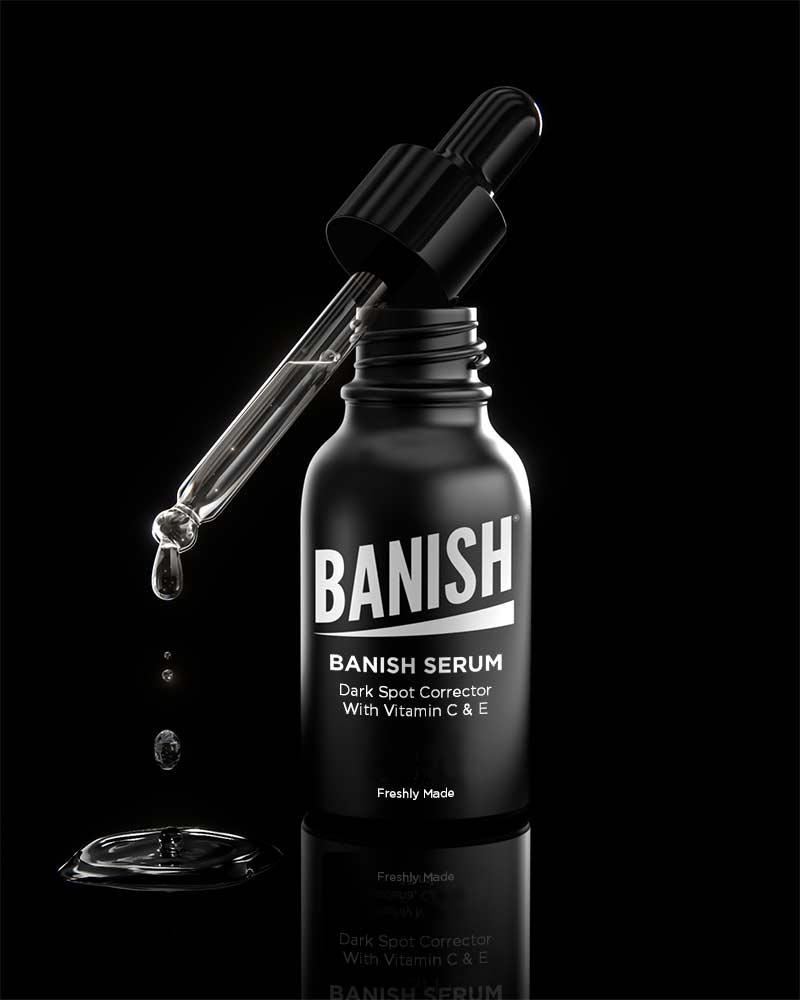
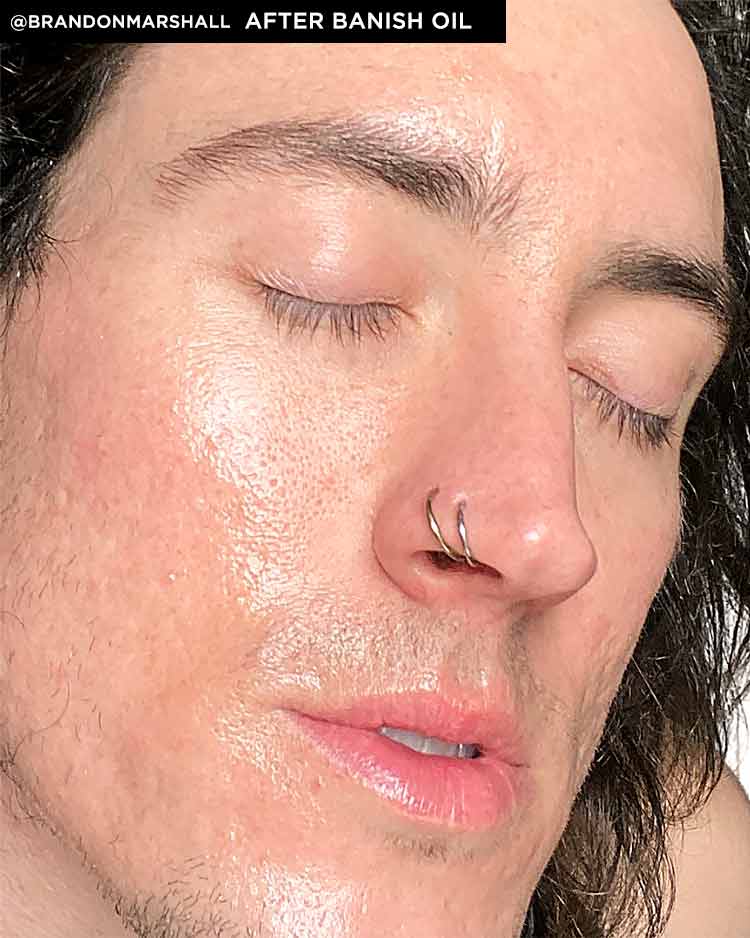
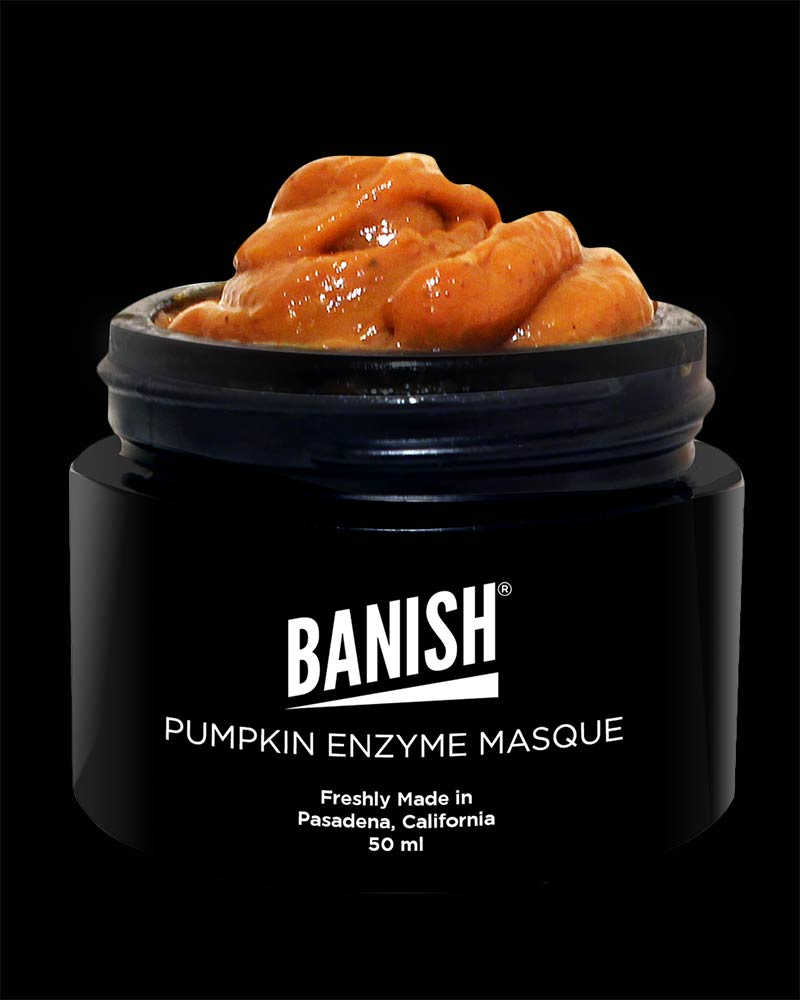
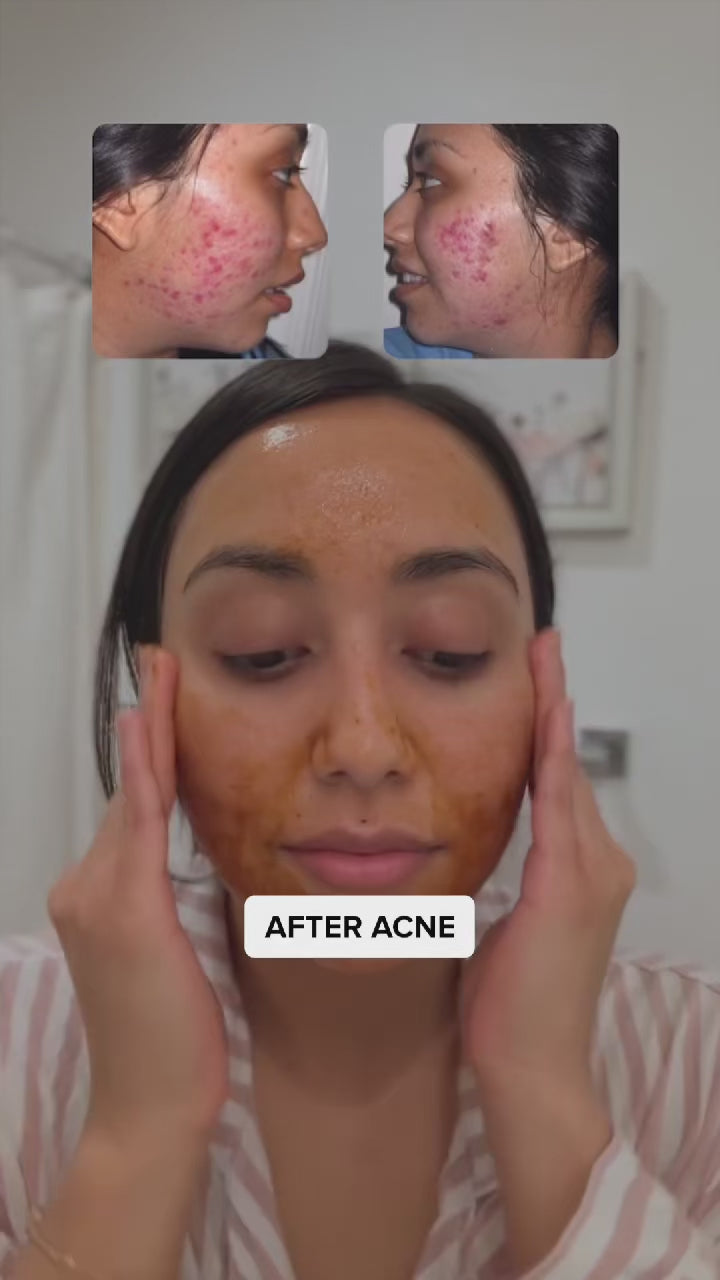









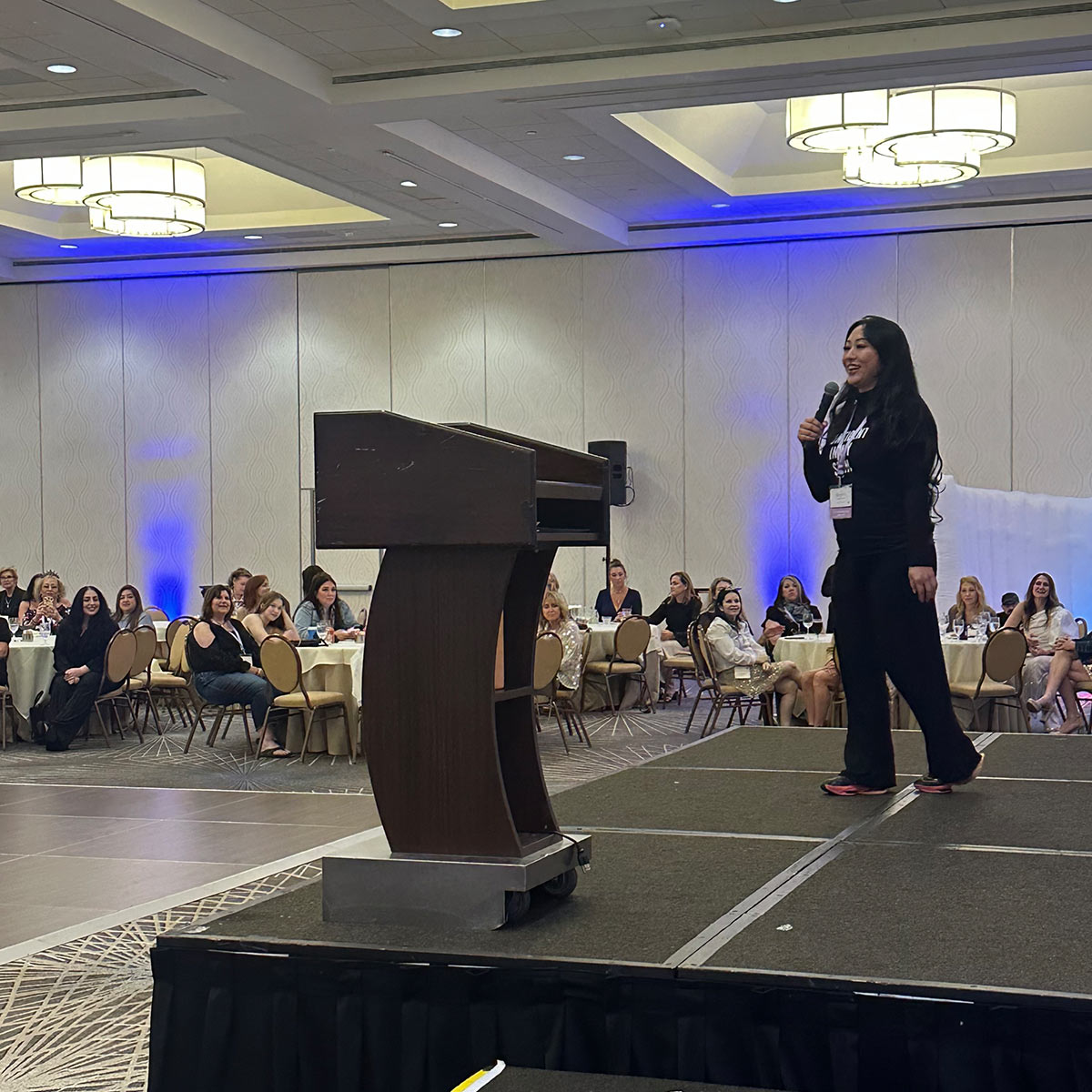
2 comments
Banish
@Susan – glycolic acid has a good effect for lightening hyperpigmentation in darker skin too. If you’re using it at home, as long as it isn’t a professional grade product ( over 30%+) then it wouldn’t negative side effects. Also make sure to wear sunscreen daily with glycolic acid or any AHA. In this study on darker skin : https://pubmed.ncbi.nlm.nih.gov/9145958/ They compared people using a gel with glycolic acid, retinoid and hydroquinone, and another group used the same gel but also received a series of professional glycolic acid peels and the one with the additional peels had better results. For a product, you can try the Pumpkin Enzyme Masque which contains glycolic acid, and vitamin c.
Susan Shireen Bossard
Have you reviewed any studies that reviewed the efficacy of glycolic acid on darker skin, African American? I have hyperpigmentation and am looking for a product that can reduce the discoloration.
Leave a comment
All comments are moderated before being published.
This site is protected by hCaptcha and the hCaptcha Privacy Policy and Terms of Service apply.